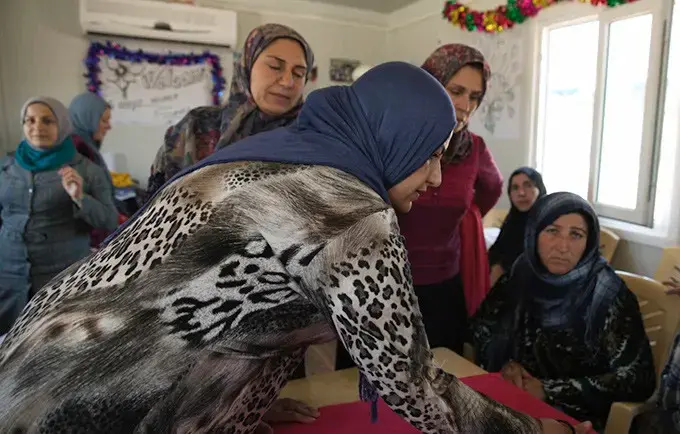Another year has passed in Syria, with no end in sight for the conflict. The suffering of more than four million Syrian women and girls of reproductive age, of which half a million are pregnant, continues. Women have become more vulnerable to exploitation as they are socially, psychologically and economically insecure. Many are at risk of not having access to safe deliveries, or emergency obstetric care, because of shortages of qualified staff, lack of supplies and medicines or equipped facilities, and difficulties in access.
Millions of people have been displaced by violence in Syria, carrying the psychological marks of the trauma that they lived through in their country and during their escape, hundreds of thousands have been killed and the entire region has been destabilized as conflict and chaos have spread to Iraq, Lebanon and beyond.
Some of the international humanitarian aid efforts to address the human fallout of the Syrian crisis have at times fallen short: in December, the United Nations’ World Food Programme announced that funding shortfalls would force it to cancel food assistance for some two million refugees of the Syrian conflict. Fortunately, however, food distributions were able to resume after an urgent fundraising call was launched and governments and private donors answered, unwilling to let the food assistance fail.



